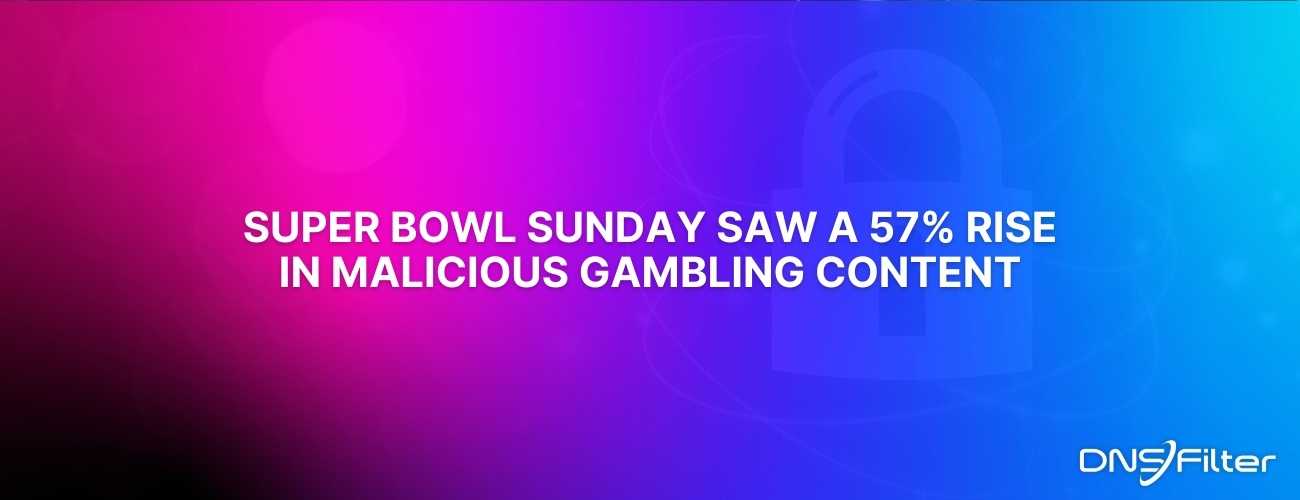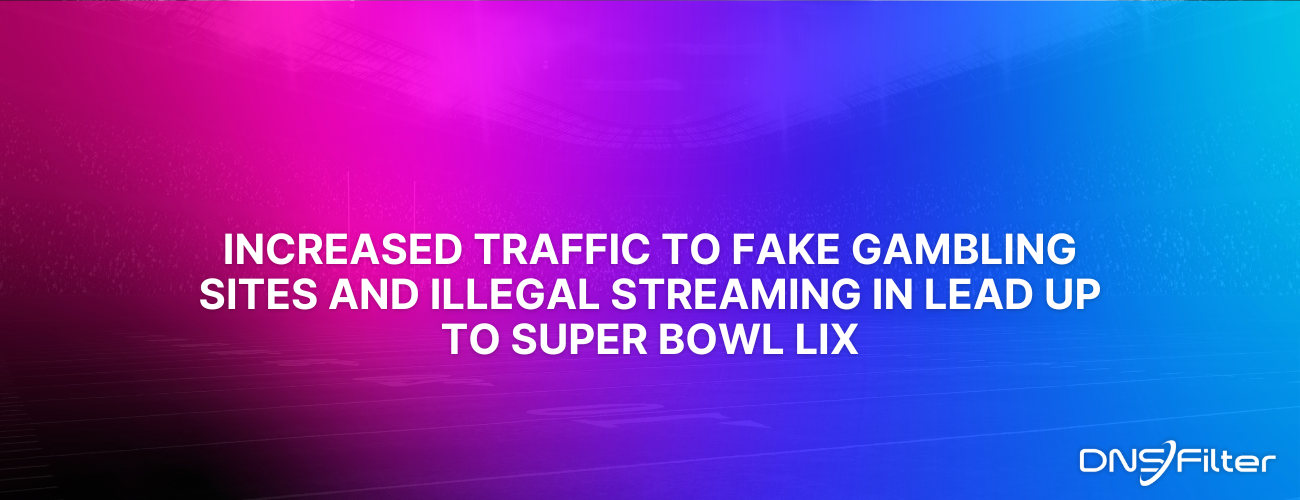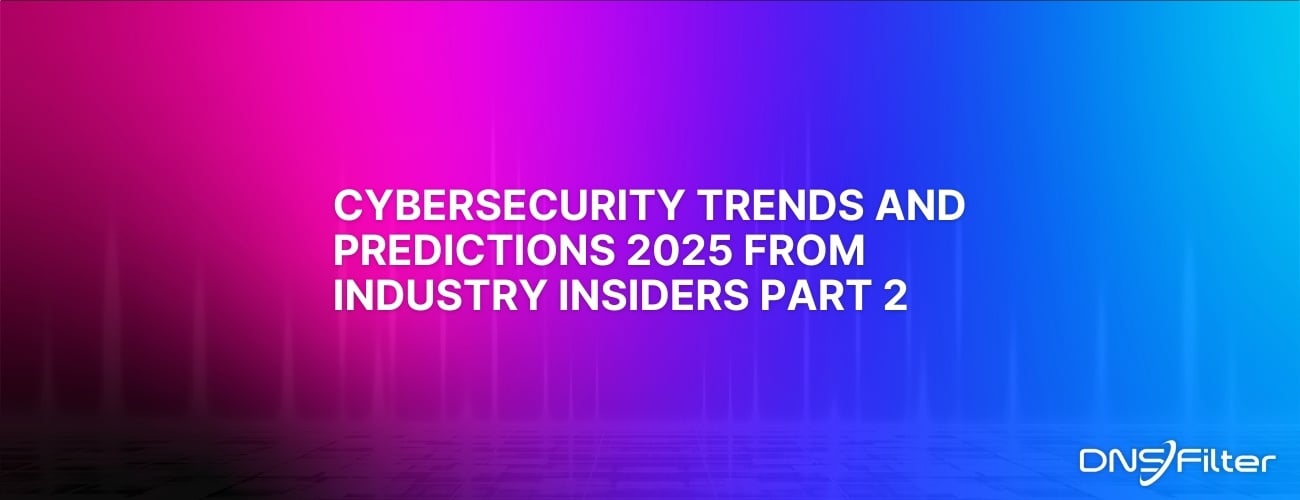Share this
How to survive below the cybersecurity poverty line
by DNSFilter Team on Jan 30, 2023 12:00:00 AM
The security poverty line broadly defines a divide between the organizations that have the means and resources to achieve and maintain mature security postures to protect data, and those that do not. It was first coined by cybersecurity expert Wendy Nather in 2011, and the concept is just as relevant today as it was then (if not more so). It has widely become the benchmark for acceptable cybersecurity, often associated with factors such as company size, sector and disposable income, but also know-how and appetite for recognizing and addressing security inadequacies.
Generally (but not always), those “above” the security poverty line are larger, private-sector businesses with the money, talent pool, and durability required to meet basic but highly important cybersecurity standards. Below it are typically small, young businesses or those that operate in cash- and resource-strapped sectors (though this is not a universal fact).
Being below the security poverty line is unenviable for any organization, because it not only means they are likely to either lack the assets to keep data effectively secure or do not have the ability or inclination to do so, but they can also be prime targets for attackers and cybercriminals. “I see the cybersecurity poverty line as a mechanism for a reality check in all our industry conversations,” Fernando Montenegro, senior principal analyst at Omdia, tells CSO. “From practitioners to vendors, service providers, investors, analysts – all of us need to keep in mind that many organizations have, for a variety of reasons, limitations on how they do cybersecurity. This has profound downstream effects on everything from public policy to contract terms, hiring, and more.”
Who’s below the cybersecurity poverty line?
All types of businesses and sectors can fall below the cybersecurity poverty line for different reasons, but generally, healthcare, start-ups, small- and medium-size enterprises (SMEs), education, local governments, and industrial companies all tend to struggle the most with cybersecurity poverty, says Alex Applegate, senior threat researcher at DNSFilter. “Typically, each of them has very limited budgets, besides additional factors that affect each in different ways.” These include wide, cumbersome, and outdated networks in healthcare, small IT departments and immature IT processes in smaller companies/start-ups, vast network requirements in educational institutions, statutory obligations and limitations on budget use in local governments, and custom software built around specific functionality and configurations in industrial businesses, he adds. Critical National Infrastructure (CNI) firms and charities also commonly find themselves below the cybersecurity poverty line, for similar reasons.
Share this
 Super Bowl Sunday Saw a 57% Rise in Malicious Gambling Content
Super Bowl Sunday Saw a 57% Rise in Malicious Gambling Content
A report by DNSFilter found that Super Bowl Sunday saw a 57% rise in malicious gambling and betting content. There was a 15% increase in illegal streaming and torrenting traffic related to fake streaming sites during championship weekend compared to the previous average held between May and December 2024, indicating an escalating risk of security issues tied to streaming during major NFL events.
 DNSFilter Data Reveals Dangers to Fake Gambling Sites and Illegal Streaming In Lead Up to Super Bowl LIX
DNSFilter Data Reveals Dangers to Fake Gambling Sites and Illegal Streaming In Lead Up to Super Bowl LIX
Cybersecurity firm shows spikes in malicious traffic leading up to and during high-profile sporting events
 Part 2: TK Keanini featured in ITPro Today Cybersecurity Trends and Predictions 2025
Part 2: TK Keanini featured in ITPro Today Cybersecurity Trends and Predictions 2025
By 2025, zero trust will be the dominant architecture model, fully replacing outdated perimeter-based models. Security controls will focus increasingly on the workforce and workloads rather than just the workplace, leading to enhanced protection across diverse environments.


